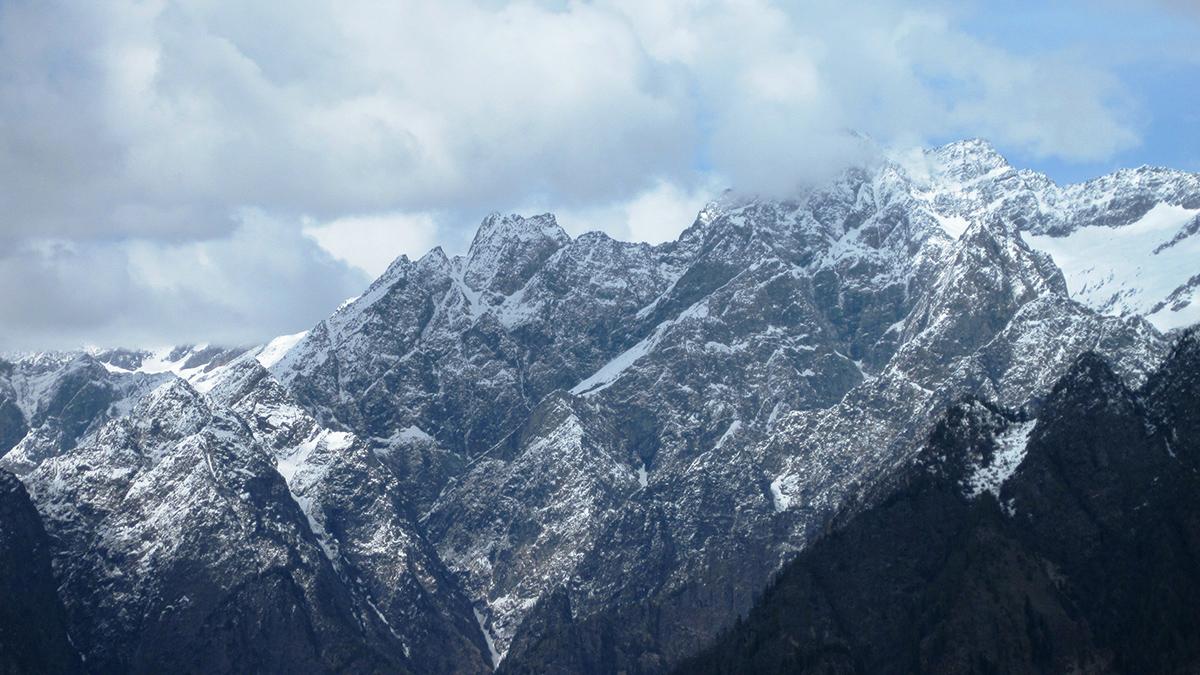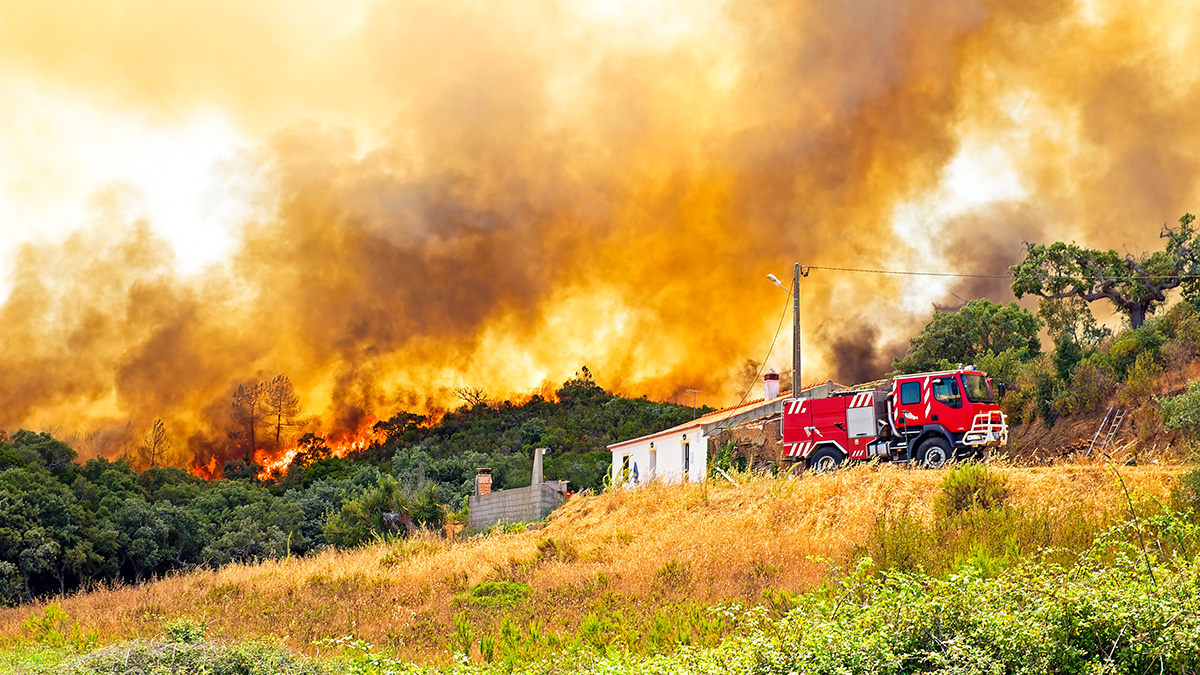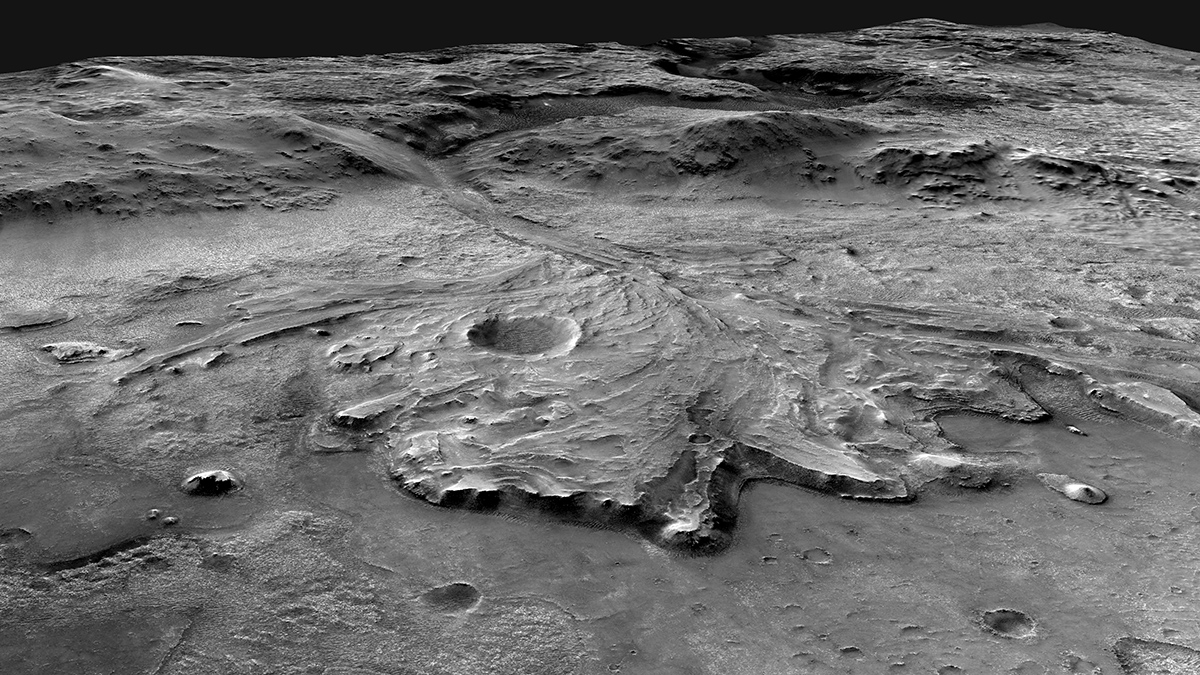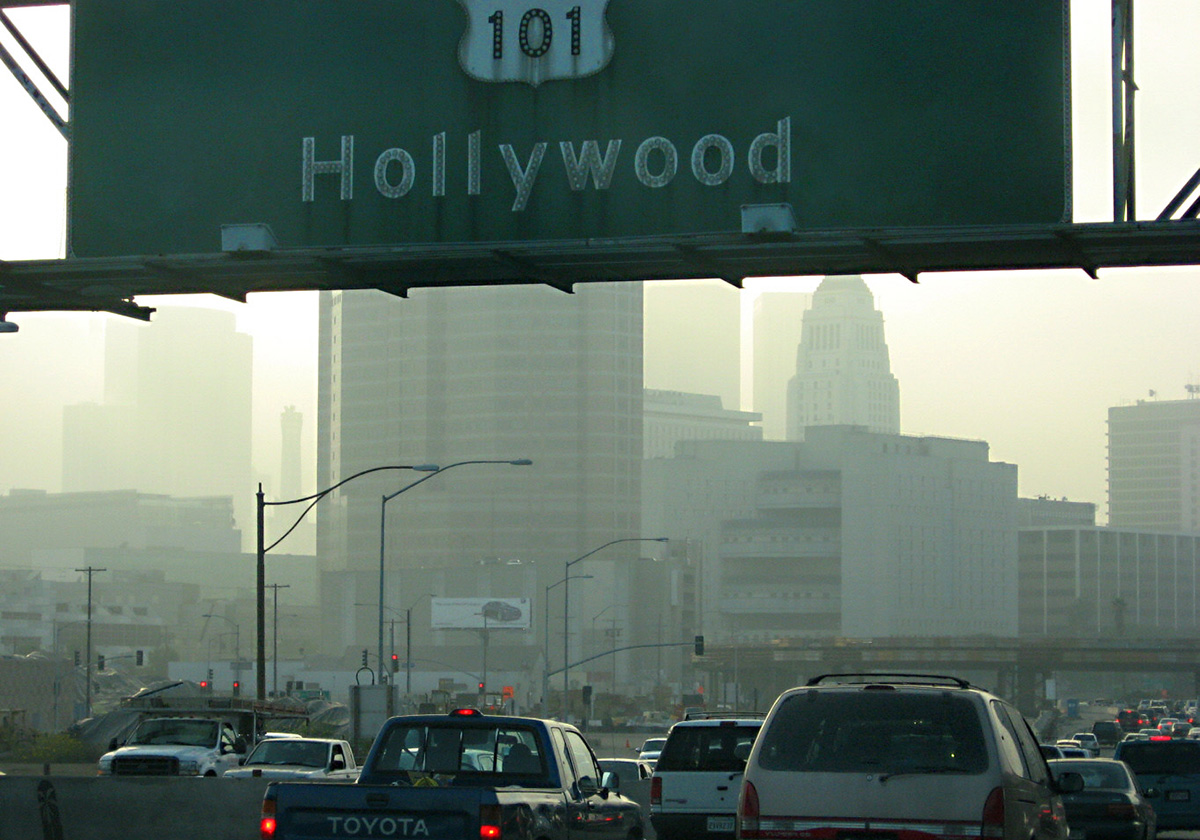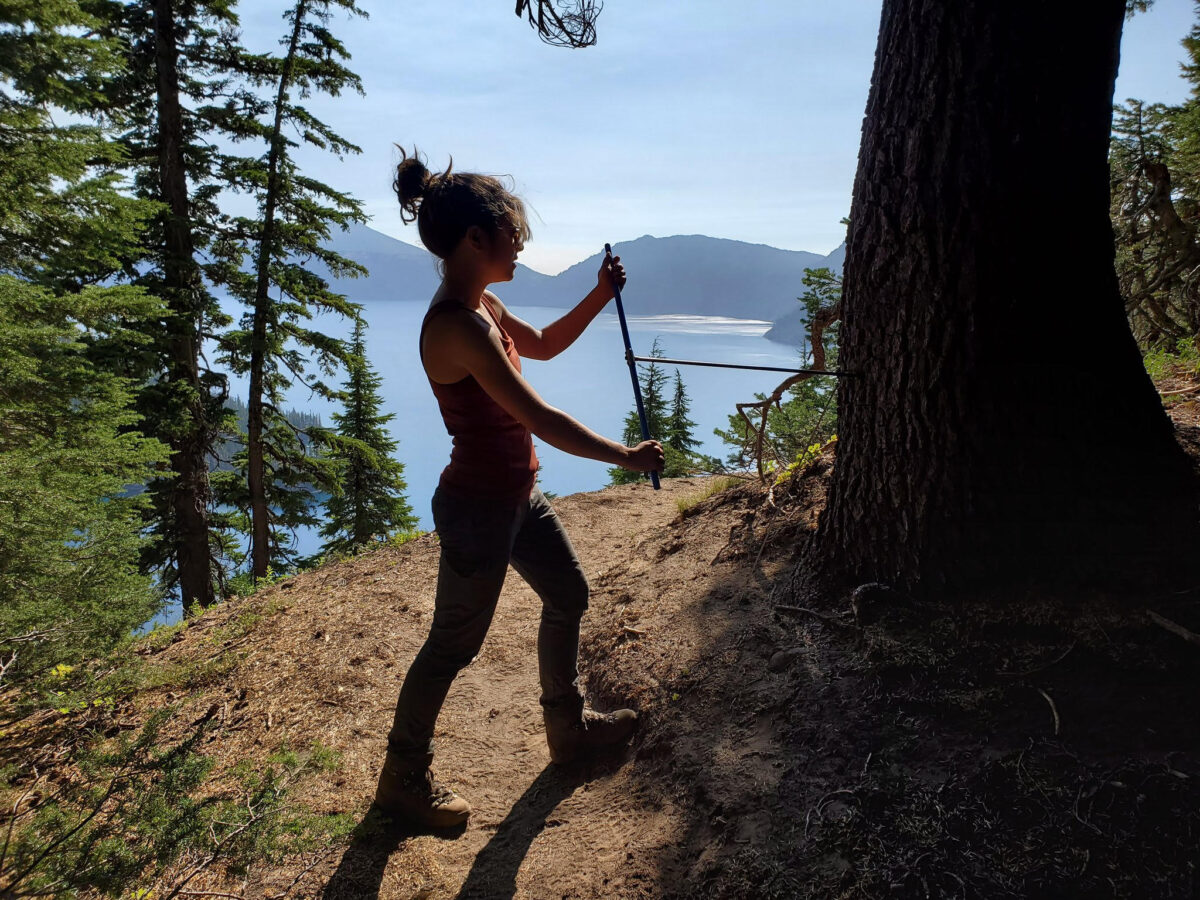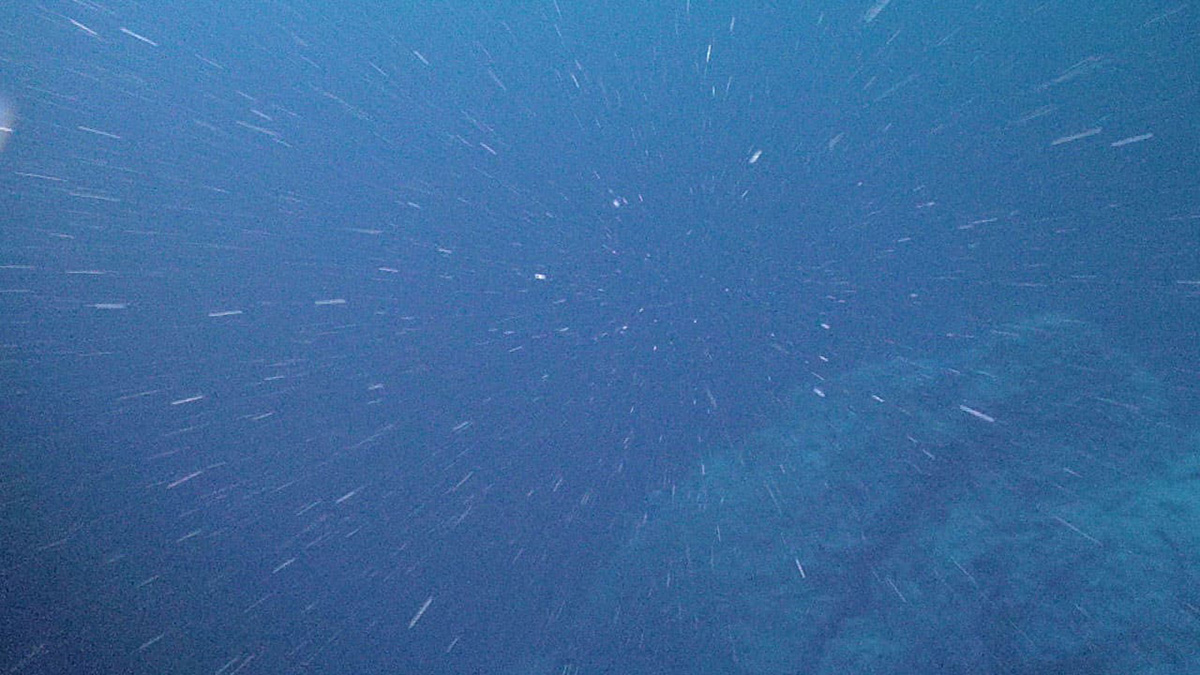Greenhouse gases are rising in the atmosphere. But how will precipitation patterns change as climate systems rise over mountain chains?
Sarah Derouin
Sarah Derouin is a freelance science journalist and editor who has been writing for Eos since 2017. She has a doctorate in geology from the University of Cincinnati and is a graduate of the Science Communication Program at University of California, Santa Cruz. Sarah has written for New Scientist, Scientific American, Popular Mechanics, Science, EARTH Magazine, and Mongabay. She was the 2018–19 Science Communication Fellow for the Geological Society of America and attended Congressional Climate Science Days. Beyond writing, Sarah was an acting associate editor for EARTH Magazine. She also worked behind the scenes as an assistant producer on Big Picture Science radio show, broadcast on more than 140 public radio stations. You can find more of her work at www.sarahderouin.com or connect with her on Twitter @Sarah_Derouin.
How Wildfires and Weather Affect Portugal’s Public Health
Researchers dug into data to examine the effects of wildfires, pollutants, and meteorological factors on mortality and cardiovascular health in the Iberian country.
How You Make Money Matters When It Comes to Carbon Emissions
Investment income is associated with more carbon emissions in the United States.
Optimizing Carbonate Classification on Mars
Combining data from several of the Perseverance rover’s spectroscopic sensors offers a more accurate means to classify carbonate minerals that may hold hints of ancient life.
When It’s Too Hot for Fans
Electric fans keep vulnerable people cool in a warming world. But new research shows there are increasing numbers of hours when—and places where—using fans may be dangerous.
Mapping Beaver Dams with Machine Learning
A new model deploys a neural network to spot beavers’ engineering exploits in aerial and satellite imagery, an approach that should aid studies of ecosystem and landscape change.
Fine-Tuning Air Pollution Models
InMAP estimates air pollution within cities, but its predictions are flawed for specific chemicals. Now, scientists are addressing that shortcoming.
In the Pacific Northwest, 2021 Was the Hottest Year in a Millennium
A 1,000-year temperature record shows unprecedented warming in the Pacific Northwest, and new modeling predicts the likelihood of future heat waves in the decades to come.
Neural Networks Map the Ebb and Flow of Tiny Ponds
Ponds play an outsized role in carbon emissions, but their size makes them hard to track. Enter machine learning.
La estacionalidad del ciclo del carbono oceánico
Un grupo de científicos investigaron el impacto de los cambios estacionales en la cantidad y velocidad del carbono que viaja desde la superficie al océano profundo.

